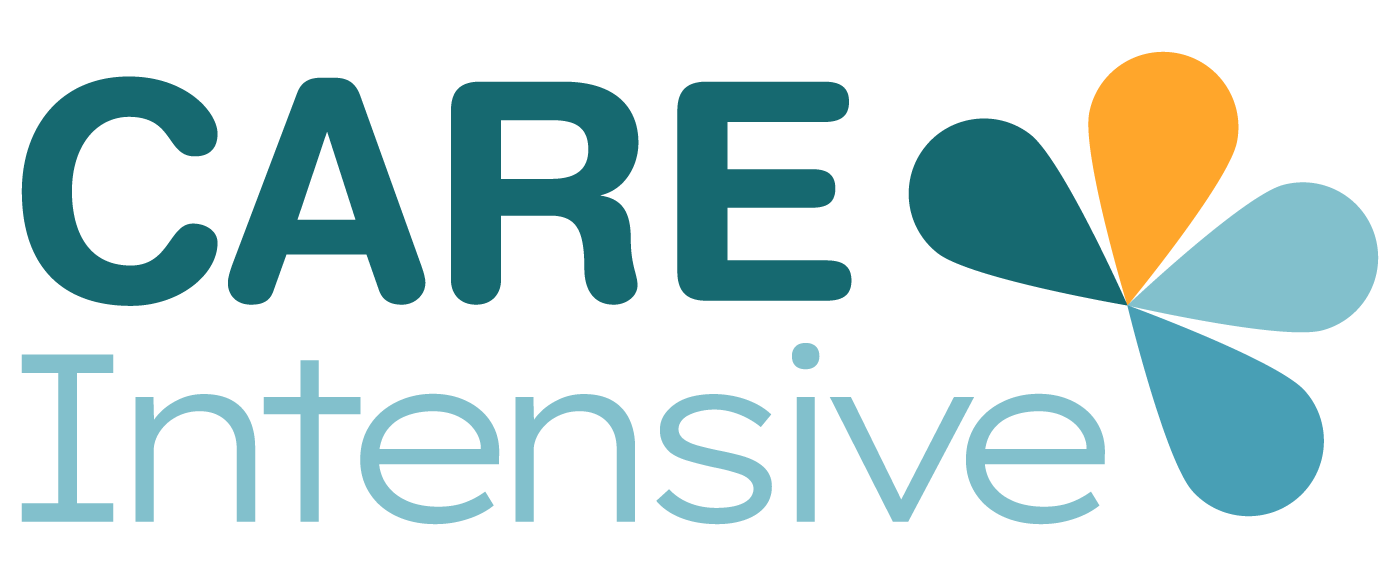Nov 14
/
CARE
Navigating the Intersecting Paths of HIPAA and HITECH
The relationship between the Health Insurance Portability and Accountability Act (HIPAA) and the Health Information Technology for Economic and Clinical Health (HITECH) Act is integral to understanding modern healthcare compliance, particularly regarding the protection of electronic Protected Health Information (ePHI).
HIPAA and Its Foundations
HIPAA, established in 1996, sets the standard for protecting sensitive patient data. It applies to covered entities like healthcare providers, health plans, and healthcare clearinghouses. HIPAA's primary focus is on the privacy and security of health information, mandating covered entities to implement safeguards to protect the confidentiality, integrity, and availability of health information.
Introduction of HITECH
The HITECH Act, enacted as part of the American Recovery and Reinvestment Act of 2009, expanded the scope of privacy and security protections available under HIPAA. It also introduced additional compliance obligations and penalties for covered entities and their business associates.
Key Changes Brought by HITECH
- Expansion of HIPAA's Scope: HITECH broadened HIPAA's reach by making business associates of covered entities directly accountable under the HIPAA rules. It imposed the same legal requirements to protect PHI on business associates as it did on covered entities.
- Enhanced Enforcement and Penalties: HITECH introduced a tiered penalty structure for HIPAA violations, significantly increasing the financial penalties. This tiered structure is based on the level of culpability, ranging from lack of knowledge to willful neglect not corrected within 30 days. The maximum penalty can go up to $2,067,813 per year for each violation category.
- Breach Notification Rule: One of the most critical introductions by HITECH was the Breach Notification Rule, which requires covered entities to notify affected individuals, the HHS, and in some cases, the media, about breaches of unsecured PHI.
- Patient Rights and Access to Electronic Health Records: HITECH granted patients the right to obtain their health information in electronic form if the covered entity maintained such records electronically. It also required covered entities to provide an accounting of disclosures of PHI.
- Incentivizing Electronic Health Records (EHRs): Through the Meaningful Use program, HITECH incentivized healthcare providers to adopt certified EHR technology and use it meaningfully to improve patient care quality and coordination. This program aimed to improve healthcare efficiency, reduce costs, and engage patients more in their healthcare.
- Creation of the HIPAA Wall of Shame: This refers to the public listing by the HHS of healthcare data breaches reported by HIPAA covered entities and business associates, helping to increase transparency in the industry.
Compliance Implications
For healthcare providers, understanding the relationship between HIPAA and HITECH is crucial. While HIPAA laid the foundation for health data privacy and security, HITECH reinforced these principles, particularly in the context of electronic health records, and expanded accountability beyond covered entities to their business associates. It also emphasized the importance of patient rights concerning their electronic health information.
HITECH's implications for HIPAA compliance are substantial. The act made clear that ignorance of the rules is not an acceptable defense, and compliance requires ongoing vigilance, risk assessment, and adaptation to technological changes. The meaningful use of EHRs, safeguarding patient information, and ensuring transparency in the event of data breaches are now central tenets of healthcare compliance.
In summary, HIPAA and HITECH together form a comprehensive framework for protecting patient health information, particularly in an increasingly digital healthcare environment. Understanding and adhering to both acts are fundamental for healthcare entities to ensure the security and privacy of patient data, avoid substantial penalties, and maintain trust in the healthcare system
